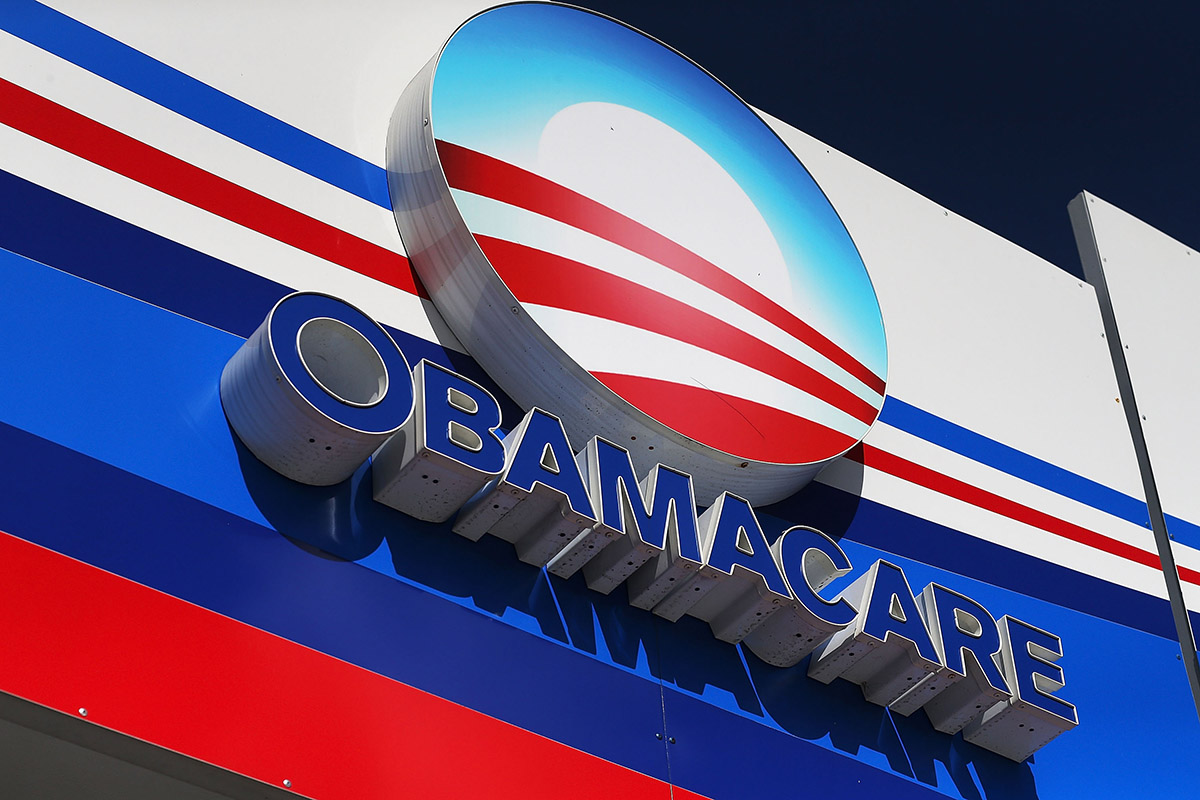On July 21, all eight former directors of the Congressional Budget Office sent a letter to Congress defending the integrity and professionalism of CBO. But even institutions with integrity can occasionally be wrong. CBO’s score of the House and Senate healthcare bills is a case in point.
“Not only is CBO’s baseline wrong, but its analysis of the legislative proposals is wrong.”
The former directors did not comment on, much less defend, those specific CBO scores. They merely objected “to recent attacks on the integrity and professionalism of the agency and on the agency’s role in the legislative process.” They could not defend the scores of the Republican plans, because they, like all other Americans, cannot see the underlying models and assumptions.
What ordinary Americans know, and what is clearly not reflected in the CBO scores, is that the ObamaCare exchanges are not working and the system is about to collapse.
CBO’s baseline of the current health insurance system should show increasing numbers of uninsured Americans. CBO mysteriously says that the number of uninsured Americans will not increase if the Affordable Care Act is kept in place. Yet since 2015 insurance companies have been abandoning the exchanges in counties across America.
On average 55 ACA-compliant health plans were available in each county in 2015, compared to 30 in 2017, according to the Department of Health and Human Services. Humana, Aetna, Anthem, UnitedHealth, and Wellmark have left all or some of the exchanges.
For companies that continue to offer insurance, rates have been increasing between 25 percent and 65 percent a year. When people switch to lower-cost bronze plans to reduce their premiums, they discover that deductibles are over $6,000 for a single person and over $12,000 for a family.
With insurance premiums and deductibles increasing, it simply is not credible that the number of uninsured Americans will stay the same or decline over the next decade under the system. It is unlikely that ObamaCare will exist ten years from now.
In its scores of the Republican bills, CBO does not discuss any of these symptoms or causes of ObamaCare's failure. Those causes include the following.
Before ObamaCare, Americans could purchase any health insurance they wanted from willing insurance providers. ObamaCare prohibited most existing healthcare plans. In their place, ObamaCare required generous and expensive plans that most people would not have chosen on their own. Plans had to include maternity care, pediatric dental care, mental health care, and drug abuse coverage.
To make a bad situation worse, ObamaCare regulated the price structure that insurance companies could use. Older Americans could not be charged more than three times as much as younger people, even though the cost of insuring the old is far more than three times the cost of insuring young adults. Before ObamaCare, older people paid about five times the premiums of younger people. In addition, the amount that could be spent on administrative costs was capped.
With such price regulation, it is no surprise that many companies would not participate in the exchanges, and some have withdrawn.
As if the failure to match consumers with regulated insurance were not bad enough, the process of purchasing insurance on the exchange was cumbersome. Americans can buy food, shelter, clothing, and all manner of goods and services from a variety of providers. It is only for health insurance that they must go to a state website. These state websites cannot compete with the efficiency of an Amazon or a Walmart website.
For CBO to pretend that the system is working and that it will continue to provide insurance in 2026 is a fantasy. In 2013 the CBO forecast that 24 million people would be using the exchanges in 2017. This year 10.3 million are enrolled—and these individuals are older and sicker than CBO forecast.
Not only is CBO’s baseline wrong, but its analysis of the legislative proposals is wrong. No matter how much the bill is changed, CBO analysts insist that 22 million people will be uninsured in 2026. That was the projection included in CBO's latest score of the Senate healthcare bill, issued on July 20.
Avik Roy, president of the Foundation for Research on Equal Opportunity, noted that the original House bill repealing ObamaCare with no funds to help the uninsured resulted in 22 million without health insurance. The second House bill, with $375 billion in tax credits, resulted in an estimate of 23 million uninsured. Both Senate bills, with the first with $616 billion and the second with $613 billion in tax credits, resulted in 22 million uninsured.
Institutions with integrity are not infallible. Sometimes they are wrong. When they are wrong, an institution with integrity will graciously accept constructive criticism. CBO should recognize that its estimates of the costs of healthcare reform bills are simply wrong.
This piece originally appeared at The Hill
______________________
Diana Furchtgott-Roth is a senior fellow and director of Economics21. She also served on the transition team for President Donald Trump. Follow her on Twitter here.
This piece originally appeared in The Hill
